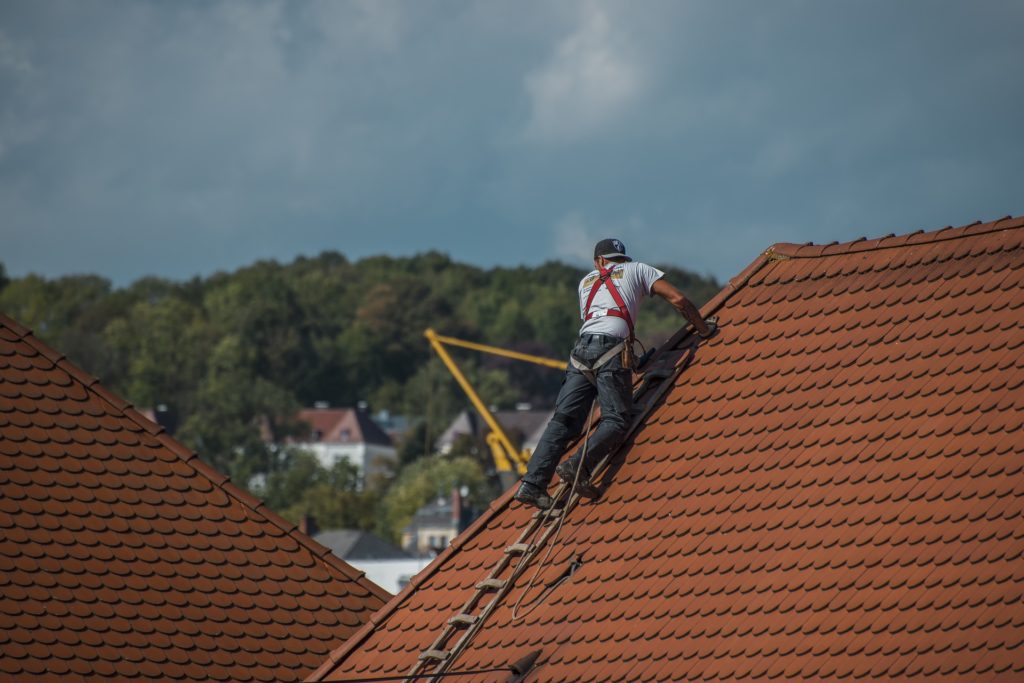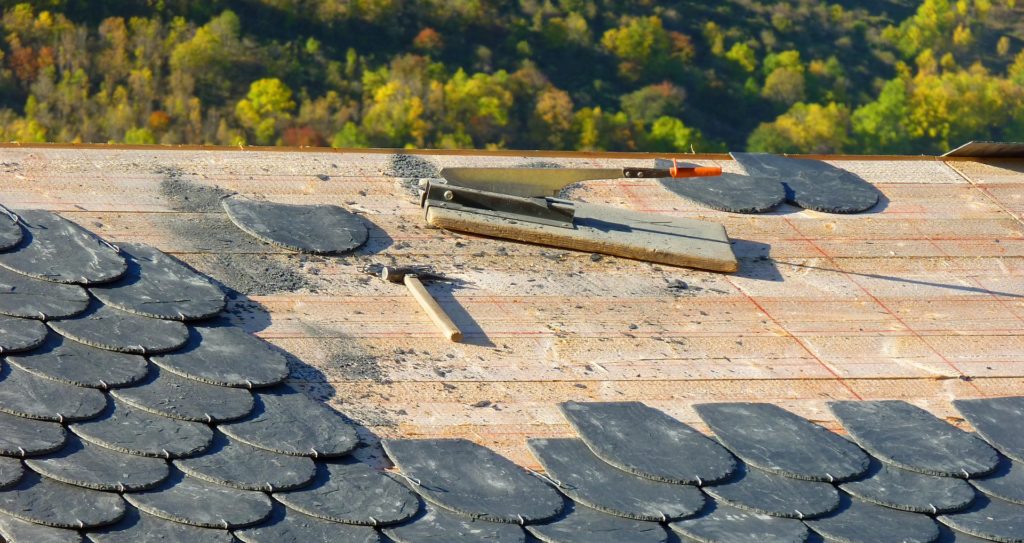 When we think about dangerous jobs, most of us probably think about police officers and firefighters. Outside of emergency workers and the military, however, some of the workers most at risk of suffering injury in New York are roofers.
When we think about dangerous jobs, most of us probably think about police officers and firefighters. Outside of emergency workers and the military, however, some of the workers most at risk of suffering injury in New York are roofers.
Fall Hazards for Roofers
The biggest danger to roofers is falling, and the injuries they can suffer in a fall. The Center for Construction Research and Training performed research using data from the National Institute for Occupational Safety and Health based on over 700 construction fatality reports between 1982 and 2015. Over those 33 years, the data showed that:
- For roofers, about 75% of fatalities are caused by falls.
- Of those fatalities, 54% did not have access to a Personal Fall Arrest System (PFAS), and another 23% had access to one but did not use it.
- Only about one-third of those deaths occurred due to falls from 30 feet or higher.
- Overall, 20% of the occupational deaths studied happened when the worker had less than 2 months of experience on the job.
Looking at this information, some startling things become clear. More than 75% of the fatalities might have been avoided if the victims had been given access to or used a PFAS designed to prevent injuries and deaths from falls. The fact that so many deaths occurred early on in the workers’ careers indicates that better safety training is needed for new roofers.
Electrocution Hazards for Roofers
The second greatest threat to roofers is electrocution, which accounts for about 11% of work-related deaths for professionals in the roofing industry. Most of these fatalities were due to coming into contact with overhead power lines while working on a roof or other elevated area. Wiring or transformers also present a danger to roofers, especially when electrical lines run along the inside of a roof; and even lightning strikes are a hazard that roofers need to be aware of.
Serious Burns and Other Dangers for Roofers
Hot tar is often used in roofing. This tar can splash onto the arms or legs of a roofer, or even be spilled or fall onto people below a work area. Hot tar cools to a solid quickly on skin, which means contact with it causes a very serious burn that is difficult to treat. Burns from hot tar often result in hospitalization, and can be fatal in severe cases.
Proper Safety Training and Equipment
While the bad news may be that roofing is the fourth deadliest non-emergency job in the country, the good news is that many deaths and serious injuries can be avoided. Proper safety training is the single most important factor in preventing these deaths – including how to use safety equipment and procedures to stay safe on the jobsite. This training needs to happen immediately for new employees, and ongoing training should be offered regularly to reinforce good habits.

Prevention methods for each roofing hazard include:
- Falls: The use of a PFAS cannot be matched in terms of saving lives and reducing injuries from a fall. This equipment should be provided by a construction site owner or general contractor to all roofers, and should be used every time a worker goes higher than six feet off the ground. In addition to this, guardrails should be set up along roof edges, skylights, and roof openings, and work surfaces should be kept free of debris and tripping hazards.
- Electrocution: Since overhead power lines are the biggest danger of electrocution to roofers, the best safety precaution is to ensure that scaffolds, ladders, and other equipment always remain at least 10 feet away from power lines. Anything closer than that presents a serious risk of an electric current passing into the equipment and potentially killing anyone on or touching it. Roofers may also need to ensure power is off in a building and watch for transformers or other possible electrical hazards.
- Burns: When working with hot tar, wearing proper clothing on the job can help, especially full pants with boots and shirts with long sleeves. Lids on containers of hot tar should always be kept closed when not in use, and people beneath roofs and areas where hot tar is being used should be warned to keep a safe distance in case of spills.
Fall-related accidents happen nearly every day on New York City worksites. At Wingate, Russotti, Shapiro, Moses & Halperin, LLP, our New York construction fall accident lawyers regularly negotiate these cases on behalf of injured workers to get them the money they need to recover. If you need legal advice after suffering a fall at a construction site, give us a call for a free consultation. The number is (212) 986-7353.